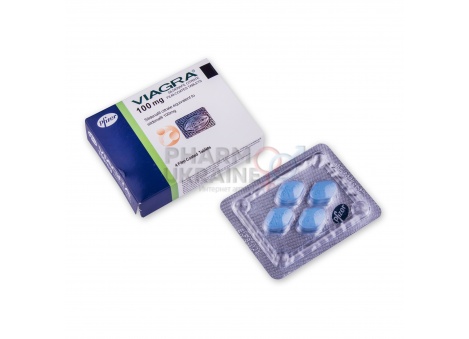
Understanding Rybelsus: Benefits, Usage, and Side Effects
Rybelsus is a groundbreaking medication for the management of type 2 diabetes, offering patients a novel approach in the fight against this chronic condition. Rybelsus rybelsus is known for its unique delivery method and effective results. In this article, we’ll delve into the details of Rybelsus, including how it works, its benefits, usage guidelines, potential side effects, and more.
What is Rybelsus?
Rybelsus (semaglutide) is an oral medication specifically designed for adults with type 2 diabetes. It belongs to a class of drugs called GLP-1 receptor agonists, which mimic the action of the incretin hormone that the body normally produces in response to food intake. This medication helps stimulate insulin secretion, reduce glucagon secretion, and slow gastric emptying, all of which contribute to better blood sugar management.
How Does Rybelsus Work?
The unique mechanism of action of Rybelsus is primarily attributed to its ability to enhance the body’s natural insulin response while mitigating the impact of glucagon, a hormone responsible for increasing blood sugar levels. By doing so, Rybelsus helps lower blood glucose levels, making it a vital option for individuals struggling to manage their diabetes through diet and exercise alone.
Benefits of Rybelsus
Rybelsus offers several benefits to individuals with type 2 diabetes, including:
- Effective Glycemic Control: Clinical studies have demonstrated that Rybelsus effectively lowers HbA1c levels, a key indicator of long-term blood sugar control.
- Weight Loss Potential: Many patients experience weight loss while taking Rybelsus, which can be an essential aspect of diabetes management, as excess weight is often linked to insulin resistance.
- Convenient Oral Dosing: Unlike many diabetes medications that require injections, Rybelsus is an oral tablet, making it more appealing and convenient for patients.
- Cardiovascular Benefits: Studies indicate that Rybelsus may also lower the risk of cardiovascular events, making it advantageous for patients with additional cardiovascular risk factors.
How to Use Rybelsus

To maximize the effectiveness of Rybelsus, it is crucial to follow the prescribed usage instructions:
- Initial Dosage: The typical starting dose is 3 mg once daily for the first 30 days. This dosage helps minimize gastrointestinal side effects.
- Maintenance Dosage: After 30 days, the dose may be increased to 7 mg once daily. Depending on individual glycemic response, the dose may be escalated to a maximum of 14 mg.
- Timing: Rybelsus should be taken in the morning on an empty stomach, at least 30 minutes before the first meal, beverage, or other medications, with a sufficient amount of water.
Potential Side Effects
While Rybelsus is generally well-tolerated, like any medication, it can cause side effects. Common side effects include:
- Nausea
- Diarrhea
- Abdominal pain
- Constipation
- Vomiting
Most side effects tend to be mild to moderate and may decrease as the body adjusts to the medication. However, patients should be aware of the more severe potential outcomes, such as pancreatitis or allergic reactions, and seek medical attention if unusual symptoms occur.
Who Should Not Use Rybelsus?
Rybelsus is not suitable for everyone. Individuals with a history of medullary thyroid carcinoma or Multiple Endocrine Neoplasia syndrome type 2 (MEN 2) should avoid this medication. Additionally, those with a history of severe gastrointestinal disease may need to consider alternative treatments.
Conclusion
Rybelsus represents a significant advancement in the management of type 2 diabetes, offering patients an effective oral option for controlling blood sugar levels. With a favorable benefit-risk profile, Rybelsus can help many individuals achieve better glycemic control while also supporting weight loss and cardiovascular health. It’s essential for patients to consult their healthcare provider to determine if Rybelsus is the right choice for their diabetes management plan. As with any medication, open communication about its benefits and potential side effects is critical for successful treatment outcomes.
